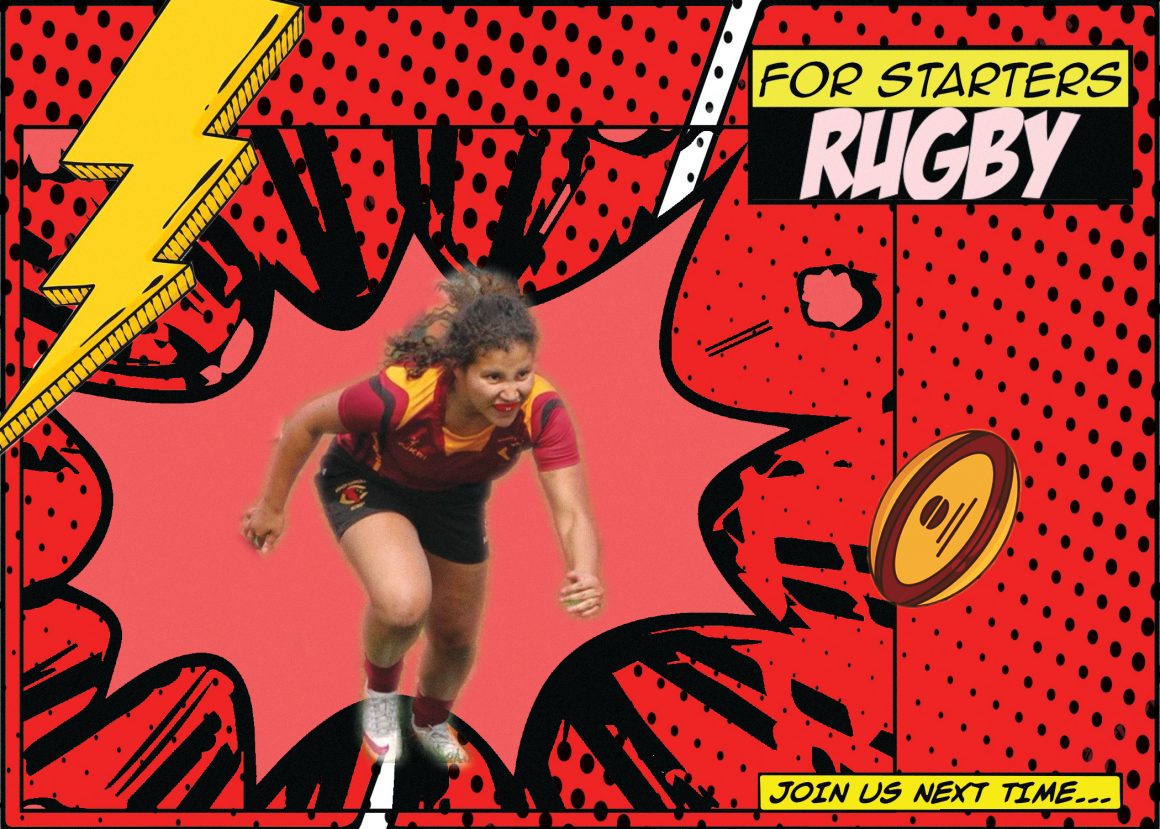
For Starters #6: Rudimentary rugby
By Valery Perez, September 27 2023—
Rugby World Cup 2023 is in full swing. While extremely popular in Europe and other countries, it often doesn’t get the love it deserves in North America. For those wanting to get into the sport, I’ve compiled the basics you need to know to be able to follow along — and play, if you’re really courageous.
Formation
A rugby team has 15 players — divided into eight forwards and seven backs. Each position in the team is assigned a number. Unlike other sports, the numbers on the jerseys indicate the role the player is supposed to perform while on the field — you won’t be able to select #9 as your lucky number unless you want to play that exact position.
The forwards are the defensive line, often being the ones tackling the other team in order to advance towards the end goal. The end goals are designated areas at the end of the field where the players aim to place the ball down in order to score — they also contain a goal post for kicking the ball through. The backs are often the fastest, they play behind the forwards and often look for spaces to exploit in order to get past the opposite team’s defensive line.
General Rules
The flow of the rugby game is forwards — you head in the direction of the opposite team’s end goal — but you must always pass the ball backwards. A knock-on is when a ball travels forward from a player who just attempted to catch it — this leads to a penalty.
When the player with the ball is tackled, they must do their best to fall facing their team and plant the ball towards them, this allows them to keep possession and keep the play going.
Scoring on the opposing team’s end gets you a ‘try’ — worth five points. You’re also then given a chance for a ‘conversion’ — kicking the ball through the end posts for an extra two points. The players have a total of 80 minutes, split into two 40-minute halves, in order to accumulate as many points as possible.
The Pile-Ups
Tackling is the main action performed in rugby, this leads to a lot of pile-ups of players. A ‘ruck’ is a smaller pile-up of players that happens when an individual gets tackled. Both teams will go head-on over the player on the ground and fight for the ball.
A ‘scrum’ is a bigger, more organized pile-up. It occurs after smaller infringements and it is done to restart play after it’s been stopped. Forwards will line up in a formation of 3–4–1 facing the opposite team’s forwards, teams will go head to head in order to gain the ball. The referee will yell “Crouch! Bind! Set!” and the ball will be thrown in the middle for the team to fight over it.
Lineouts are used when a ball goes out of bounds on the side of the field. These are easy to spot as a player is often thrown up into the air like a cheerleader. They do this to try and catch the ball that is being thrown in.
Sin Bin
A penalty in rugby is often awarded for anything that either stops the play — for example, holding onto the ball for too long while it’s not in movement — or is a dangerous technique and can harm other players — like tackling someone’s head instead of their body. Not all penalties lead to the Sin Bin, only the incredibly naughty ones.
